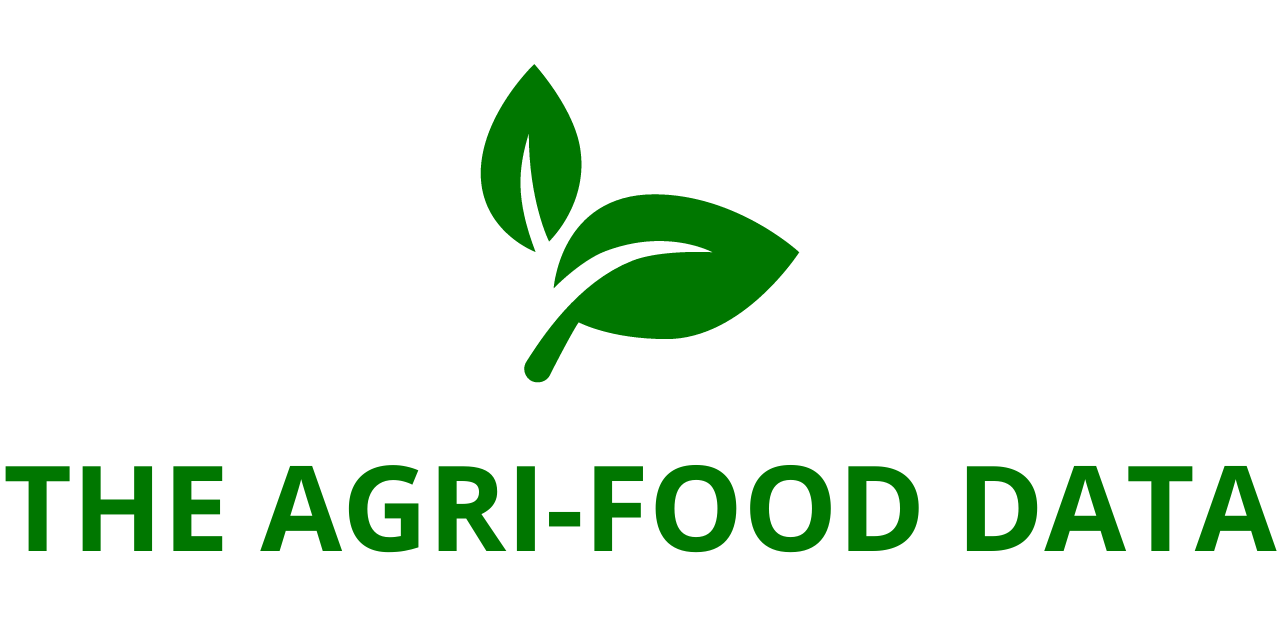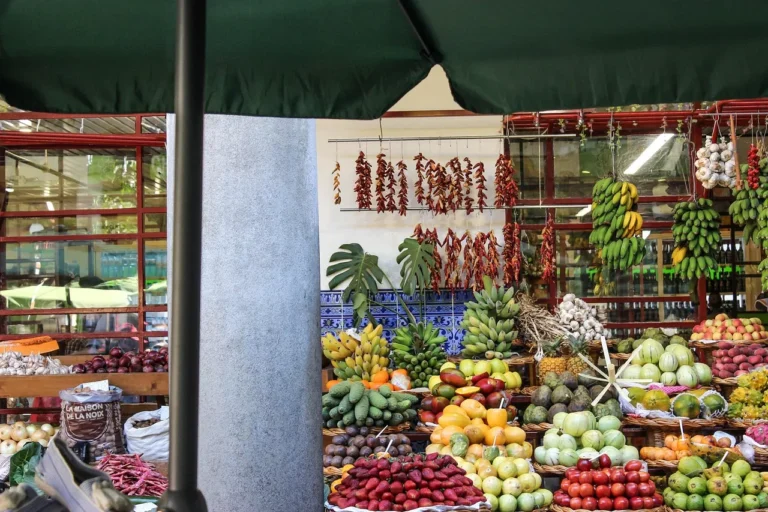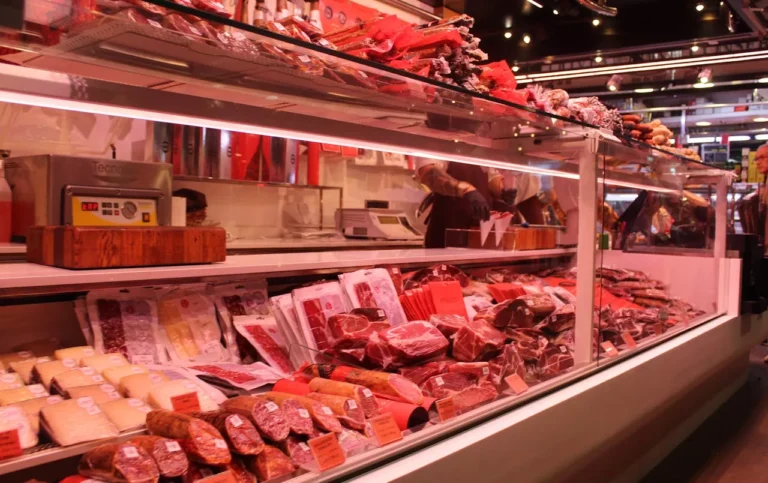
A comprehensive new report titled “Agricultural Commodity Market Opportunities and Strategies to 2034″, now available through ResearchAndMarkets.com, outlines the evolving landscape of the global agricultural commodity market. The report offers detailed insights into historical trends from 2019 to 2024, and forecasts through 2029 and up to 2034. It provides an in-depth analysis of regional dynamics, growth factors, competitive landscapes, and strategic pathways that will shape the industry over the next decade.
Global Market Performance and Outlook
The global agricultural commodity market stood at approximately $5.59 trillion in 2024, marking a healthy compound annual growth rate (CAGR) of 8.59% since 2019. This robust growth reflects a confluence of trends including increased demand for plant-based products, shifts in consumer diets, and strategic initiatives supporting food security worldwide.
Looking ahead, the market is projected to reach $8.03 trillion by 2029, growing at a CAGR of 7.49%, and is expected to climb further to $11.46 trillion by 2034, with a slightly moderated CAGR of 7.36% between 2029 and 2034.
Key Growth Drivers and Market Challenges
During the historical period, market expansion was significantly influenced by:
- Rising popularity of plant-based alternatives
- Increased utilization of agricultural waste as livestock feed
- Shifting dietary preferences
- Government and private-sector initiatives to enhance food security
However, these gains were tempered by persistent challenges such as water scarcity, labor shortages, and infrastructure constraints, particularly in developing regions.
Looking forward, the market is poised for continued growth, fueled by:
- Increasing digital transformation in agriculture, including precision farming and smart irrigation
- Rising demand for high-protein diets, especially in urban populations
- Growing attention to biofuel production, creating new demand for certain crops
- Heightened prevalence of plant diseases, pushing investment in disease-resistant crops
On the other hand, climate change, extreme weather events, and supply chain disruptions remain formidable obstacles that could hamper consistent growth if not addressed with proactive mitigation strategies.
Regional Insights: Asia-Pacific Leads, Eastern Europe and Africa Show Promise
In 2024, Asia-Pacific emerged as the dominant player in the global agricultural commodity market, accounting for 56.20% of the total market or approximately $3.14 trillion. This dominance is supported by vast agricultural output, a large population base, increasing mechanization, and strong intra-regional trade.
Western Europe and the Middle East follow in market size, while Eastern Europe is expected to experience the highest CAGR of 17.25% during the forecast period. This surge will likely be fueled by the region’s increasing investment in agricultural technologies and growing export orientation.

Other notable growth regions include:
- South America, projected to grow at a CAGR of 9.43%
- Africa, which is expected to expand at 8.28%, supported by gradual improvements in infrastructure and market access
Competitive Landscape: Fragmented but Competitive
The global agricultural commodity market remains highly fragmented, with numerous small and mid-sized players. In 2023, the top 10 companies controlled only 4.97% of the total market share, underscoring the decentralized nature of this industry.
Leading players include:
- Archer Daniels Midland (ADM) – 1.30%
- Wilmar International Limited – 1.13%
- Bunge Limited – 0.71%
- Cargill Inc. – 0.69%
- Louis Dreyfus Company B.V. – 0.62%
- Other notable firms: Marubeni Corporation, Ingredion Incorporated, Itochu Corporation, Olam Group, and Nestlé S.A.
These companies are adopting strategies such as production expansion, investment in sustainability, and digital integration to maintain or grow their market positions.
Market Segmentation: Products, Channels, and End Users
By Product:
- The largest segment in 2024 was vegetable farming, generating $1.68 trillion, or 30.07% of the total market.
- Oilseed farming is forecasted to be the fastest-growing segment between 2024 and 2029, with a CAGR of 10.06%, driven by increasing use of oils in both food and industrial applications.
By Trading Channel:
- Offline trading still dominates the market, accounting for 85.89% or $4.8 trillion in 2024. Traditional supply chains remain vital, especially in developing markets.
- However, online trading is gaining momentum, projected to grow at a CAGR of 9.50%, reflecting rising digital adoption and improved logistics networks.
By End User:
- Business-to-business (B2B) transactions comprised 85.38% or $4.77 trillion of the 2024 market, reflecting the wholesale and bulk nature of commodity trading.
- The business-to-consumer (B2C) segment, while smaller, is growing rapidly, expected to achieve a CAGR of 9.32%, supported by the rise of direct-to-consumer (DTC) agriculture platforms and e-commerce.
Key Market Opportunities Through 2029
The report identifies major growth opportunities across different segments:
- Grain farming is projected to generate an additional $2.29 trillion in annual sales by 2029.
- In the trading segment, offline sales will continue to dominate, adding $6.79 trillion in new business.
- The B2B segment will also expand significantly, adding $6.75 trillion in global annual sales.
On a national level, India stands out as the top opportunity market, with an expected market gain of $319.25 billion by 2029. Rapid urbanization, favorable government policies, and increased investment in agri-infrastructure contribute to this trend.
Emerging Market Trends and Strategic Recommendations
The report outlines several strategic and trend-based approaches for stakeholders:
Trend-Based Strategies:
- Agricultural innovation through investments in research and crop breeding (especially wheat and legumes)
- Flexible futures trading contracts to broaden market participation and hedge risks
- Sustainability initiatives in coffee and cocoa production, including collaboration with local farmers
- Enhancing climate resilience in regional supply chains
- Promoting low-carbon agricultural practices for long-term environmental and economic gains
Player Strategies:
- Strategic expansion of production facilities
- Development of partnerships and distribution networks to increase market access
- Digital marketing strategies aligned with commodity-specific purchasing behaviors
- Adoption of dynamic pricing models that reflect real-time market shifts
- Tailored customer engagement approaches, particularly for the growing B2C segment
Recommendations for Stakeholders
To maximize growth and tap into emerging opportunities, the report recommends that agricultural commodity businesses:
- Invest in research and development, particularly in disease-resistant and high-yield crops.
- Expand futures contract offerings to enhance market liquidity and attract diverse participants.
- Scale production lines and diversify product offerings in high-growth areas like oilseed and grain farming.
- Drive sustainability initiatives across value chains, especially for international buyers with ESG goals.
- Expand operations into emerging markets while maintaining strong presence in developed economies.
- Leverage digital platforms and tailor online promotions to buyer behavior in niche segments.
- Form strategic partnerships with logistics, retail, and fintech players to streamline operations and enhance customer reach.
- Enhance customer-facing roles and services, especially for the rising B2C market demand.





